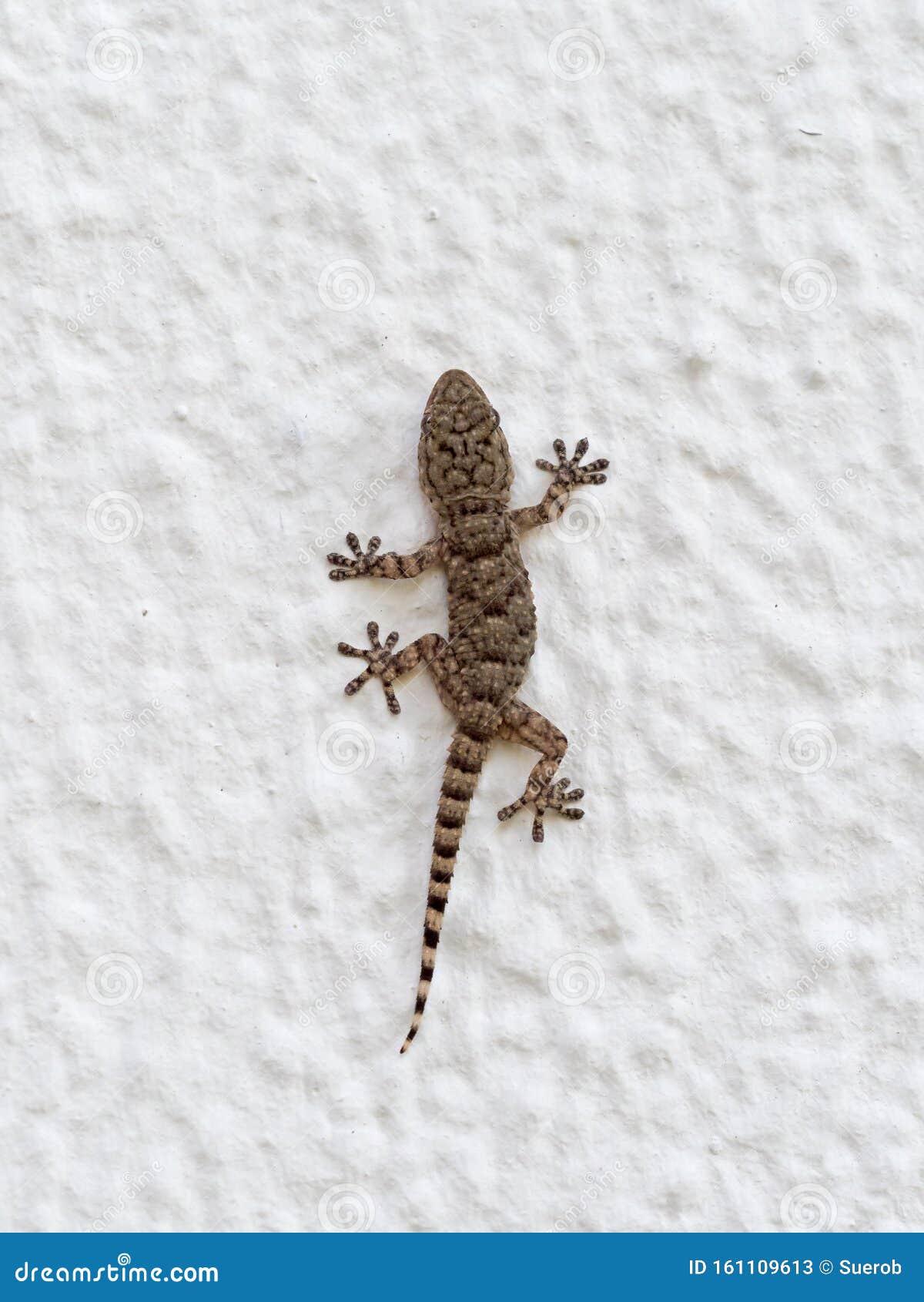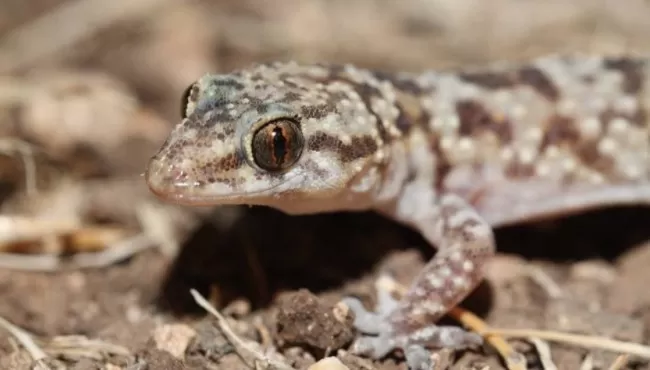Table Of Content

Their toe pads are covered with microscopic hairs called setae, which create a strong adhesive force through intermolecular attractions known as van der Waals forces. In summary, the Mediterranean House Gecko is well-adapted to both natural and urban habitats. Its natural habitat consists of rocky cliffs and crevices, while its geographic distribution spans the Mediterranean region and beyond. By understanding its habitat and distribution, we gain valuable insight into the adaptability and resilience of this remarkable reptile.

Size
Its physiology has ramifications for its distribution and nature of interaction with native species, as well as reproductive success as an introduced species. Juveniles consumed prey such as leafhoppers and true flies that are usually smaller, while adult geckos consume larger prey, such as grasshoppers, caterpillars, and pillbugs. Geckos that inhabit buildings almost exclusively eat grasshoppers. Add an additional 5 gallons per female gecko if you are housing more than three in a 20-gallon tank. It is not recommended to house other reptiles apart from Common house geckos with this species. House geckos are nocturnal, so supplemental UVB lighting isn’t essential.
Species Appearance
You will need to place climbing material at all levels of the enclosure to allow for proper thermoregulation. The UVB bulb should span most of the enclosure’s length to create a vertical light gradient and ample basking sites to reduce competition between multiple individuals. These are products I personally recommend for setting up a functional Mediterranean house gecko terrarium for a single individual.
More from The Spruce Pets
You can maintain a high humidity level by spraying water in the tank or placing plants so that the gecko can get rid of the old skin on its own. You can also place a humid hide in your gecko tank—the humidity level in the humid hide is quite high. Paper—paper towels or newspaper—is considered the best substrate for your gecko as it is inexpensive and easier to replace.
We have every expectation that GeckoWatch will produce new distributional records including new records for states and counties. These latter two records also are the first records of this species in the state. Observations from community scientists are essential to answering these questions and allowing us to learn about the biology of these nonnative geckos. Additionally, raising awareness about the importance of coexistence with these geckos is crucial. Educating the public about the ecological role these geckos play and the benefits they bring, such as pest control, can help foster a positive attitude towards their presence.

Go for a vertically oriented model to allow for plenty of climbing opportunities. The eyes are large, lidless, and have visible vertical slits instead of round pupils.
Mediterranean House Gecko Care Sheet
The head has large granules anteriorly, but posteriorly has minute granules intermixed with round tubercles. Abdominal scales are small, smooth, roundish-hexagonal, and imbricate. Males have a short angular series of four to 10 (exceptionally two) preanal pores. Its color is light brown or grayish above, with darker spots; many of the tubercles and the lower surfaces are white.[5] They may be completely translucent except for the spotting. Like most other invasive species, the Mediterranean gecko breeds rapidly. Females are capable of laying multiple clutches of two eggs each throughout the summer.
Do you need additional help identifying geckos?
Like many other species, Barefoot Geckos squeak if they are disturbed or handled. However, they also have a unique display habit if they feel threatened. They will walk away from a potential predator with their tail curled up and waving in the air. Even though Mediterranean House Geckos aren’t native to California, they are so well-recognized they belong on any list of geckos in our area. As the name suggests, the Mediterranean gecko is an Old-World species native to Southern Europe and Northern Africa. Despite their relatively stable population status, the full-grown Mediterranean House Gecko still faces several threats that require attention and conservation efforts.
Feeding Schedule
Some of the links in this care sheet are paid links — if you’d like to know why ReptiFiles uses paid links, visit this page. Welcome to the ReptiFiles Mediterranean House Gecko Care Sheet! You can find a list of these sources at the bottom of this page.
There are many options, but Repashy CalciumPlus LoD is a solid all-in-one supplement for getting started. The key to providing a healthy, balanced diet for your pet is VARIETY. Provide as varied of a diet as you possibly can, and you will be rewarded with a healthier pet that always looks forward to mealtime. If you notice that the enclosure is getting too warm, raise the heat lamp away from the top of the enclosure with small wood blocks (Jenga pieces work great for this).
Mediterranean House Geckos (hereafter, MHGs), Hemidactylus turcicus, have been widely introduced throughout the New World from their native range in the eastern Mediterranean. They were first reported in Florida in 1910 and have since spread as far north as Baltimore, MD and as far south as southern South America. They are currently established in 22 states (21 states in the continental US plus Hawaii) and the primary route of dispersal is apparently as cargo stowaways. They may, however, negatively impact populations of their invertebrate prey. Future studies of impacts of MHGs on native species would greatly benefit from increased knowledge of the distribution of this species. Juveniles should be fed daily but adults can be fed every other day.
Photo of the Day: Best of February 2016 - National Geographic
Photo of the Day: Best of February 2016.
Posted: Mon, 29 Feb 2016 08:00:00 GMT [source]
Feed as much prey as your house gecko will eagerly consume over a 10 minute period. Provide a small shallow water dish with fresh water daily even though common house geckos may prefer to drink from condensed water droplets; your lizard may use this bowl for soaking. A 20-gallon tall terrarium is sufficient for a pair of common house geckos but bigger is better when it comes to their housing.
To track the temperatures in your terrarium, use digital probe thermometers. One should have the probe secured with a zip tie on the basking surface under the heat source, and there should be another probe in a shaded area near the lower middle of the enclosure. Most reptile-brand digital probe thermometers function well for this purpose. Referring to animal species that have been transported to and established populations in regions outside of their natural range, usually through human action.
Make sure you feed insects that are no bigger than the size of your Gecko’s head. Provided the insects are correctly sized you can keep a consistent feeding schedule of almost daily. In the wild this reptile hunts by slowly creeping up to their prey before pouncing and jabbing their head forward to catch the insect. They mostly hunt around porch lights or man-made light structures. They are commonly found in Eastern Mediterranean countries such as Cyprus, Turkey, and Spain. They are a highly adaptable reptile and have become an invasive species in the states of Florida and Texas.
Encouraging responsible pet ownership, especially in areas where invasive predators pose a threat, is also important to minimize their impact on the gecko population. The conservation status and threats to the full-grown Mediterranean House Gecko are important aspects to consider in order to understand the challenges this species faces in the wild. By examining the population status, threats, and ongoing conservation efforts, we can gain insights into the current state of this gecko species and the measures taken to protect it. Despite their presence, the Mediterranean House Gecko is generally considered harmless to humans. They do not pose any significant threats or risks to human health.
Keep in mind that handling young geckos should be minimized, as they can be more fragile and prone to stress. To create a comfortable home for your Mediterranean house gecko, start by choosing a suitable enclosure. A minimum recommended size is 12″L x 12″W x 18″H (30 x 30 x 45 cm).

No comments:
Post a Comment